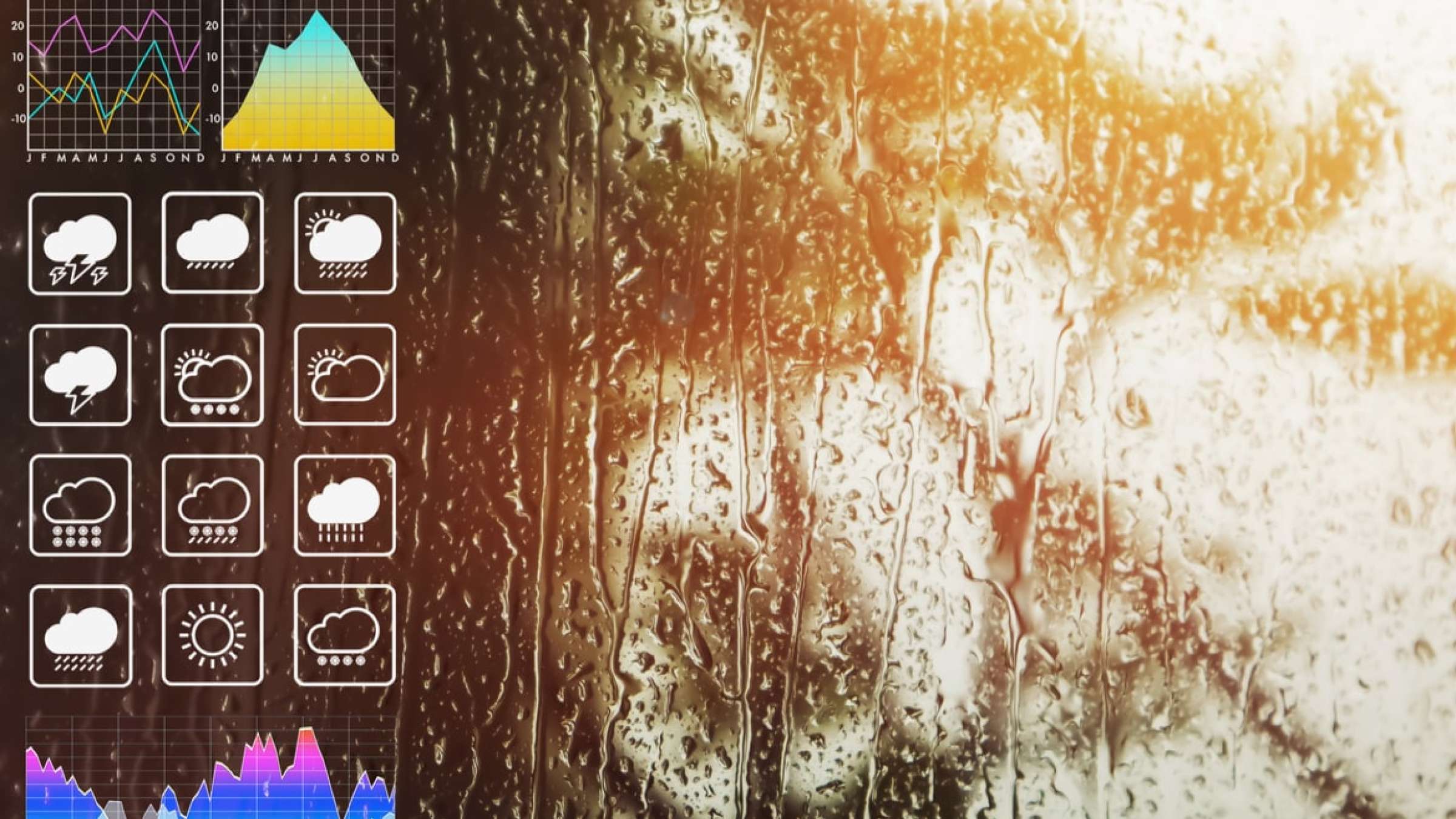UConn researcher develops novel storm damage prediction model

Wei Zhang used GIS and statistical data to construct a novel model of tsunami damage in Fairfield, CT. The model can easily transfer to other storm types and communities.
As climate change is intensifying storms, coastal communities are searching for new ways to fortify themselves. This effort starts with knowledge. UConn researchers are working with local communities to provide them with information that can help them increase their resiliency.
Associate Professor in the Department of Civil and Environmental Engineering Wei Zhang published a paper which will appear in the October issue of “Engineering Structures” outlining the model he developed to predict tsunami damage, including damage caused by debris.
Ph.D. student Xiaolong Ma is the first author on this paper. Ph.D. students Xuan Li and Zhixia Ding are co-authors.
This research is part of a larger effort with which Zhang is involved focusing on promoting community resiliency for Connecticut’s coastal communities through the Connecticut Institute for Resiliency and Climate Adaptation (CIRCA). This work is funded by the Connecticut Sea Grant and the National Oceanic and Atmospheric Association.
Zhang used a Fairfield community to generate this model. Fairfield was one of the communities in the northeastern United States that was most severely impacted by Hurricane Sandy in 2012. The town faced blackouts, flooding, downed trees, streets buried in sand, and homes washed out to sea.
Zhang worked closely with the town which provided him and his team with critical GIS data.
“Without the support of the community, we wouldn’t have been able to do anything,” Zhang says.
Zhang collaborated with town engineers who had expertise about what kinds of building methods and materials were most prevalent at certain times. This information provided critical insights into how these buildings would perform in different flooding, storm surge, and wind conditions.
Most of the 2,000 buildings in the community were built between 1900 and 2010. Zhang used statistical data of the buildings to group buildings built during the pre-war 1930s, post-war 1960s, and 1990s to capture representative data.
The novelty in Zhang’s model is that it considers not just the “failure rate” of individual buildings, but the impact of debris these failed structure generate on surrounding buildings. Failure is defined as having the roof or siding torn away by the storm.
Zhang’s model calculates the debris the direct storm impacts would generate. The model then determines how those debris would cause a cascade of damages for the entire community with different weather condition scenarios.
Debris from failed buildings can be carried downstream during a storm. Strong winds and waves can toss the debris around and severely damage structures otherwise unharmed by the storm.
Wei Zhang
Zhang found the number of failed buildings is 22% higher when considering debris impacts than without considering them.
“It’s not just about your own building,” Zhang says. “It’s about the whole community.”
While Connecticut does not regularly experience tsunamis, the model Zhang generated using tsunami conditions provides an excellent, transferable tool to study more common storm conditions with multiple coastal hazards. The model can also easily be transferred to study other coastal communities.
“This methodology is very easy and straightforward,” Zhang says. “People can easily move this research into other communities.”
The information can help policymakers decide what kinds of resiliency measures to implement in their communities. These measures often come as either “grey”, “green,” or combined green and grey infrastructure.
Much traditional grey infrastructure includes things like storm walls, which were found not to be that effective during many extreme hurricane events, such as Hurricane Sandy. In recent years, green infrastructure concepts have become an increasingly popular option. Green infrastructure incorporates natural storm barriers like marshes or sand dunes which can reduce the energy of storm waves.
The model can also assist preliminary planning efforts for new communities. By understanding the risks present in a certain coastal area, a community can take proactive measures for their community planning to minimize future storm impacts.
Is this page useful?
Yes No Report an issue on this pageThank you. If you have 2 minutes, we would benefit from additional feedback (link opens in a new window).